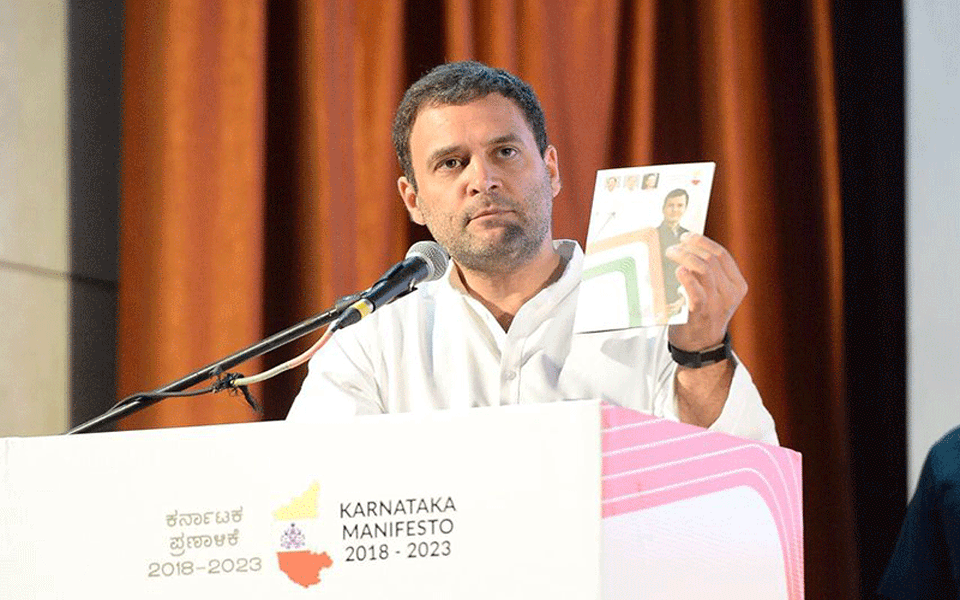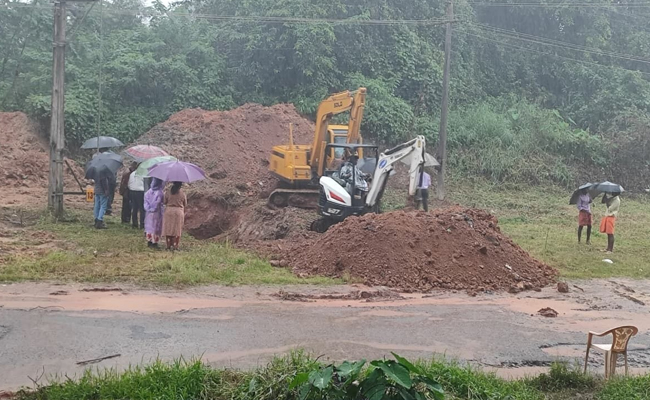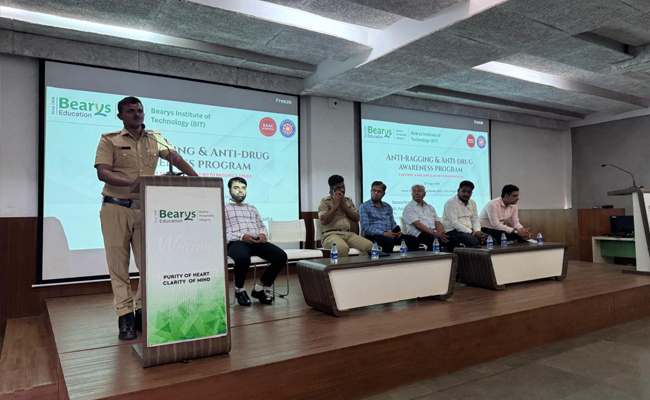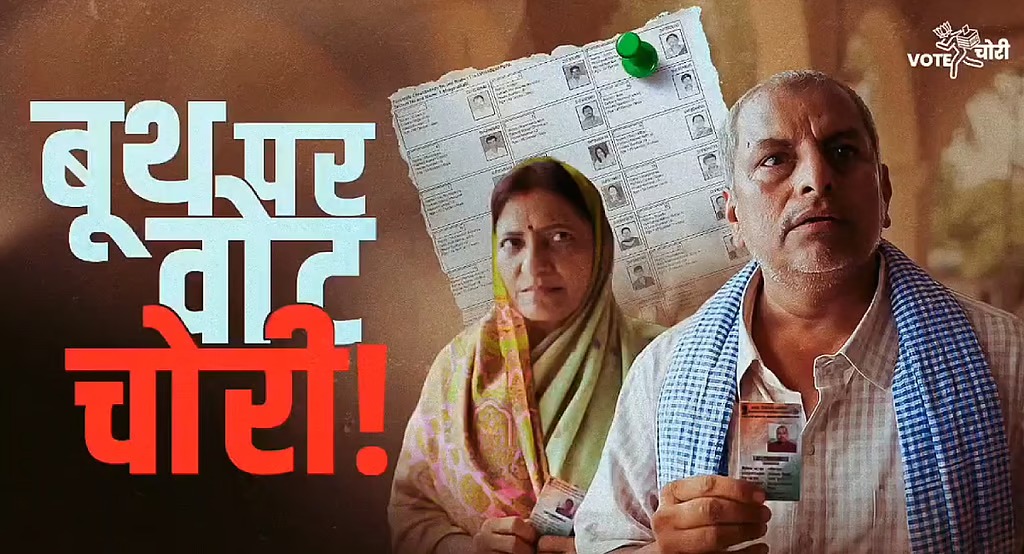Mangaluru: Congress national president Rahul Gandhi on Saturday April 27 released the party's manifesto for the upcoming Karnataka assembly elections in a ceremony held at TMA Pai Convention Centre here.
He was accompanied by chief minister Siddaramaiah, KPCC president Dr Parameshwara, minister D K Shivakumar, Mallikarjun Kharge, Karnataka Congress in-charge K C Venugopal, P C Vishnunath, Janardhan Poojary and other party leaders.
After releasing the manifesto, Rahul Gandhi handed over the first copy to veteran leader Janardhan Poojary.
Here are some important points from Congress’ manifesto which lures all Sections of society.
. ‘Agricultural Corridor for Karnataka’ for agriculture and it’s allied sectors covering production, Infrastructure and industrial segments on an end to end concept.
. Constitute a Statutory Farmers Income Commission to ensure basic livelihood for farmers, agri-labourers and agricultural households
. Every child in Karnataka will be guaranteed 12 years of school education of good quality, beginning in Grade 1. Our Government will be the guarantor and provide free education in government schools under Grade 12.
Let the Truth be known. If you read VB and like VB, please be a VB Supporter and Help us deliver the Truth to one and all.
Bengaluru: A soil scientist, who has studied tropical lateritic soils, has released a note in anonymity, warning the Special Investigation Team (SIT) probing alleged mass burials in Dharmasthala (1994–2014) that improper excavation could permanently destroy critical forensic evidence.
The scientist cautioned that in the coastal, high-rainfall environment of Dharmasthala, bones from older graves are often not visually present due to the region’s acidic laterite soil, which accelerates decomposition. “In these conditions, the visual absence of bones does not mean there was no burial,” the expert stressed. “Chemical and microscopic soil analysis may be the only way to detect older graves.”
According to the soil scientist, Dharmasthala’s lateritic soil has a pH of 4.5–6, is porous and rich in iron and aluminium oxides, and is subject to over 3,500 mm of annual rainfall. These factors together cause rapid bone mineral dissolution and collagen breakdown. “In as little as 15–20 years, complete skeletons can be reduced to just teeth, enamel shards, or micro-residues,” the scientist said.
Drawing on comparisons with Rwanda, Cambodia, Sri Lanka, and Srebrenica, the scientist estimated that:
- Graves less than 15 years old have a reasonable chance of yielding skeletons.
- Graves 15–20 years old may yield only partial skeletons and teeth.
- Burials older than 20 years often retain only chemical signatures and microscopic fragments.
“In Dharmasthala’s soil, the probability of finding a full skeleton after two decades is near zero,” the expert said.
‘JCBs will destroy what’s left’
The soil scientist was particularly critical of the use of heavy machinery in the investigation. “Uncontrolled digging with JCBs can obliterate brittle bone fragments, erase burial stratigraphy, and mix burial soil with surrounding soil, diluting chemical signals,” he warned. “It’s equivalent to destroying the crime scene.”
The scientist emphasised that disturbed lateritic soil can quickly resemble undisturbed ground, making it almost impossible to detect graves later.
GPR as a map, not a microscope
The expert also noted that Ground Penetrating Radar (GPR) could play a limited role in the investigation. “GPR can help locate soil disturbances, but in wet, iron-rich lateritic soils, it cannot ‘see bones.’ For burials decades old, chemical analysis of soil is far more reliable,” he said.
Call for controlled forensic exhumation
The soil scientist urged the SIT to stop all mechanical digging and adopt a forensic protocol:
- Use GPR or other non-invasive methods to locate anomalies.
- Excavate in small, measured layers under forensic supervision.
- Collect soil samples for chemical and microscopic analysis.
- Sieve soil to recover micro bone fragments and teeth.
“Only a controlled, scientific approach will preserve what little evidence may remain in this environment,” the scientist said. “If these traces are destroyed, the truth about the alleged burials may never be proven.”
The SIT is investigating allegations of mass burials linked to the disappearance of individuals between 1994 and 2014 in Dharmasthala. No official response to the scientist’s concerns has been issued.





